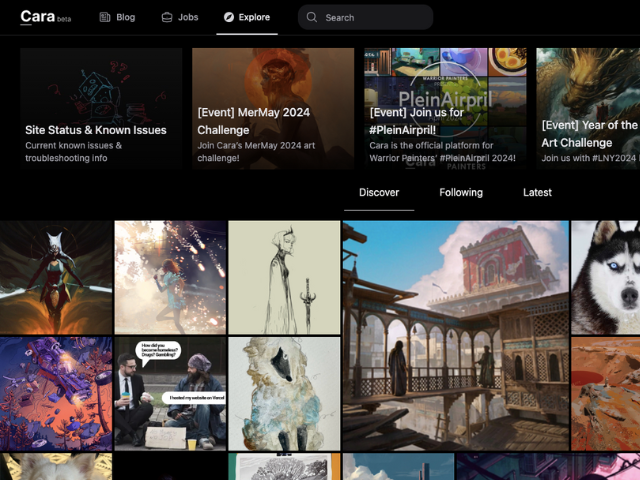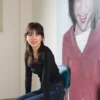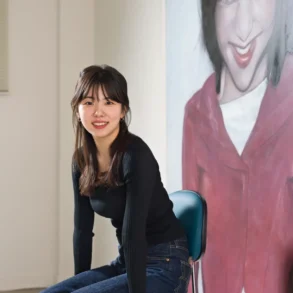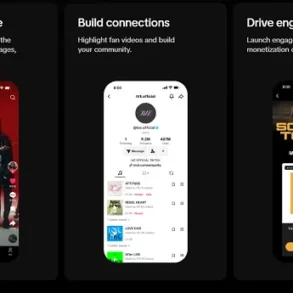[imagesource:pexels]
A surprising new social media platform known as the ‘Cara app’ has rapidly gained attention and a slew of new users in the past week, despite having been around since January 2023.
But why now?
Well, Instagram and AI have a lot to do with this mass exodus to Cara. Amid the controversy surrounding Instagram’s use of images to train AI, Cara’s user base skyrocketed from 40,000 to 700,000 in just seven days.
With its strict no-AI policy, many netizens see Cara as a promising alternative to Instagram, particularly for visual artists.
Instagram alternatives have been suggested before, yet few have made a significant impact, with TikTok being a notable exception.
Cara offers a platform similar to Instagram but with key differences that cater specifically to artistic needs. Available for Android, iOS, and as a website, it’s free to use and has become popular largely due to its ban on AI art.
Similar to the ‘gram, Cara users have profiles with a brief bio, follower and following counts, and the ability to post images with captions and hashtags. A ‘Discover’ tab allows browsing of other users’ posts, and the ability to like and comment mirrors Instagram’s functionality.

[imagesourece:cara] A look at Cara’s ‘Explore’ page, including exciting events for artists.
These similarities aside, Cara is much more focused on growing artists’ than the Meta-controlled, ad-swamped world of infinite doom-scrolling. The grid of highlighted posts on a Cara user’s profile is called a ‘Portfolio’ and users can tag fields, mediums, project types and categories, giving the platform a similar energy to ArtStation. Another surprising key feature is text-only posts, enabling discussions akin to those on X or Threads.
It’s pretty difficult these days to avoid AI meddling in our data, but Cara has been set up to filter out images created using generative AI and explicitly does not train AI models on its users’ content or grant permissions to third parties for AI training. Although Cara acknowledges that, as a relatively new platform, it lacks the manpower for manual review of every image, the creative company has circumvented this issue by using a third-party service for AI image detection and moderation.
Cara also automatically applies ‘NoAI’ tags to uploads, signalling AI ‘scrapers’ to avoid them. While this relies on good faith and isn’t enforceable, Cara recommends using Glaze, a free tool that allows artists to apply style cloaks to their work to prevent AI training. The team is even working on integration with Glaze to make this AI-protection process seamless within the app.
Cara’s rapid growth since its launch is impressive, but it’s still small compared to Instagram’s two billion users. In classic David-VS-Goliath style, Cara has faced challenges due to having to rely on volunteers to run the app, but new users are fighting to help the new platform compete with its wealthy mainstream counterparts.
Newcomers describe it as a “peaceful” alternative to Instagram, which seems an attractive prospect considering controversies both with Instragram’s algorithm and its assimilation into Elon Musk’s Meta empire.
Cara was founded by Singaporean photographer, Jingna Zhang, and despite the current dominance of illustration and animation on the platform, Zhang is passionate about diverse mediums and encourages more photographers to join.
As of June 6, Cara has quickly climbed into the top 5 in the Apple App Store for social networks in the US, surpassing Twitter, Discord, Reddit, LinkedIn, and Messenger in downloads. That’s no mean feat.
While Cara may not yet be the perfect Instagram alternative, it offers a promising platform for artists disillusioned with traditional social media.
If you’re tired of the chokehold AI has on online art, check out the rebellious new app here.
[source:creativebloq]
This post was originally published on this site be sure to check out more of their content








